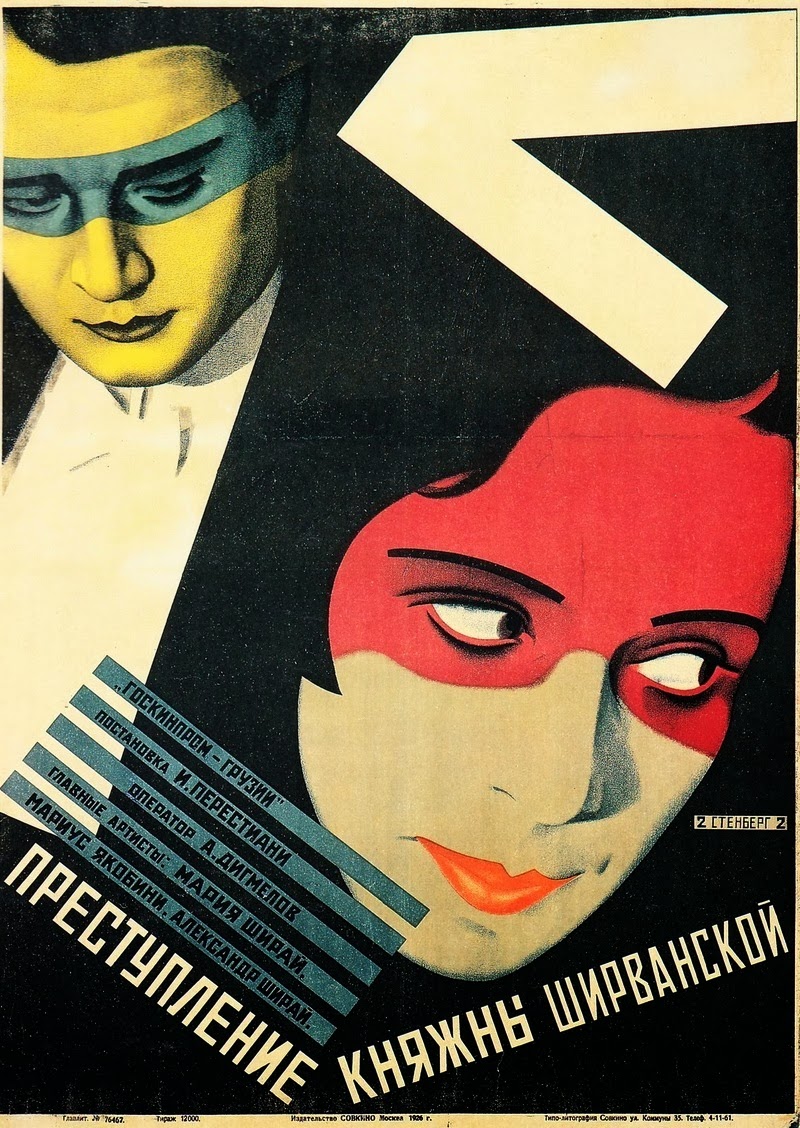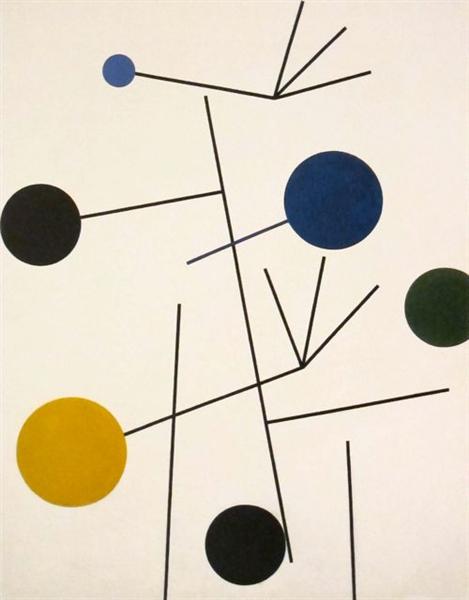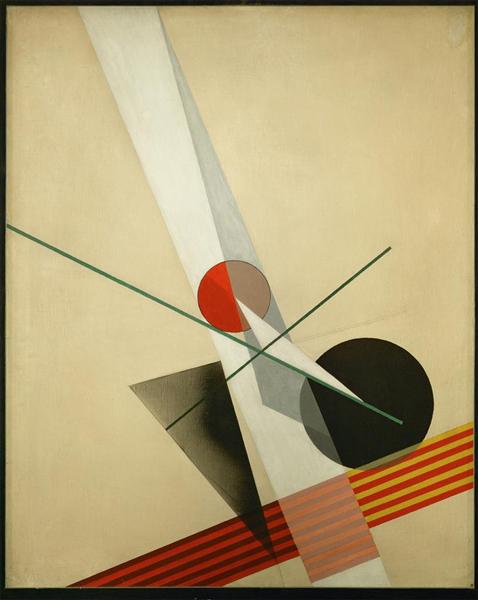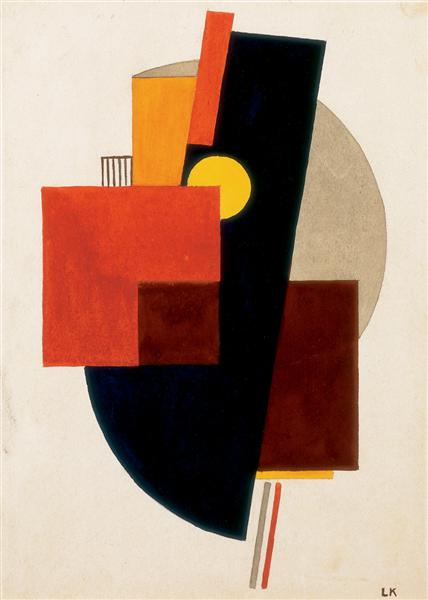The Rise of the Soviet Union (1917-1953)-
The Soviet Union was formed in 1917, as a result of a revolution to bring power from the Russian royal family back to the people. In 1905, Emperor Nicholas II established a parliament, giving the Russian people the ability to vote. Over WW1, the people of Russia began to despise Tsarism even more, despite Russia producing more than enough food to feed its people, food shortages began due to disorganisation and transportation issues. In 1917, as a result of the economic hardships, there was a mutiny in Petrograd and the fire of revolution spread to industrial areas. The Tsar and his wife stood down, leading to the formation of the All Russian Soviet- who claimed to stand for the rights of the common people. A power struggle began in 1924, following the death of Vladimir Lenin, leading to Stalin’s rise in power. There was a push towards industrialism, increasing Russia’s manufacturing power. Over the years, millions of people were imprisoned or executed because the government saw them as a threat. During the 1940’s, the USSR began to establish communism in other eastern European countries.

The Soviet Union was a time of fear and instability and the government used the power of film to bring some piece of mind to the people. Similar to UFA, they established brought all of the film studios together into a government-run organisation. Films made by them were propaganda, promoting communist values and focusing on the working class fighting against the corrupted elite. The government also had free reign to censor messages that went against their beliefs. There was a period of time where Russian filmmakers had a shortage of filmstock, leading to them studying and experimenting with already existing films in order to create new content.

The Soviet Fine Art Movement-
Constructivist art often consists of abstract geometric shades and intense colours, often inspired by machinery and feats of engineering. It was frowned upon to look at and create art of natural things or people in fear it would be “bourgeois”, Constructivist art is also a result of a cultural shift where artists were being seen less as creatives and more like workers, creating art that has to serve a purpose or function in society.



VGIK-
The VGIK (now known as the Gerasimov Institute) is now a Russian University that specialises in Film courses, including acting, screenwriting, cinematography and directing. These courses are even open to international students, allowing many people to study the style of Russian filmmaking.

Classic Soviet Constructivist Film-
Fragment of an Empire- Ermler (1929)

Miss Mend- Ozep, Barnet (1926)

Turksib- Turin (1929)

